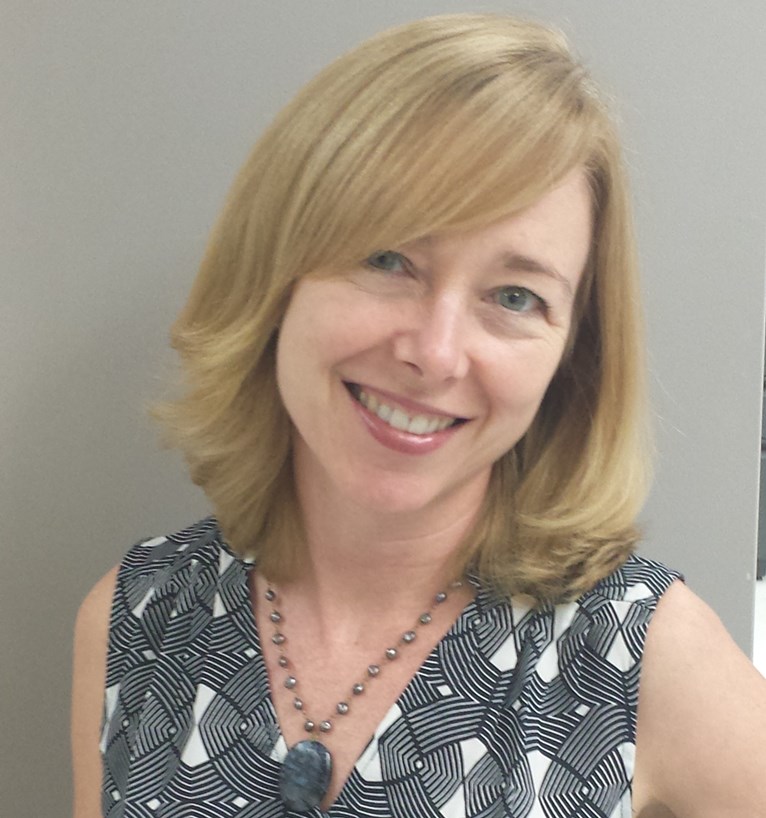Hospital medicine has been the fastest growing medical specialty since the term “hospitalist” was coined by Dr. Bob Wachter in the 1996 NEJM article. The growth and change within this specialty is also reflected in the changing and migrating target of hospitals and hospital systems as they continue to effectively and safely move from fee-for-service to a payer model that rewards value and improvement in the health of a population – both in and outside of hospital walls.
In a short time, nurse practitioners and physician assistants have become a growing population in the hospital medicine workforce. The 2018 State of Hospital Medicine Report notes a 42% increase in 4 years, and currently, about 75% of hospital medicine groups across the country incorporate NP/PAs within a hospital medicine practice. This evolution has occurred in the setting of a looming and well-documented physician shortage, a variety of cost pressures on hospitals that reflect the need for an efficient and cost-effective care delivery model, an increasing NP/PA workforce (Department of Labor notes increases of 35 and 36% respectively by 2036) and data that indicates similar outcomes, e.g., HCAHPS, readmission and morbidity and mortality in NP/PA-driven care.
This evolution, however, reveals a true knowledge gap in best practices related to integration of these providers. This is impacted by wide variability in the preparation of NPs – they may enter hospitalist practice from a variety of clinical exposures and training, e.g., adult gerontology acute care, adult or even, in some states, family nurse practitioners. For PAs, this is reflected in the variety of clinical rotations and pre-graduate clinical exposure.
This variability is compounded, too, by the lack of standardization of hospital medicine practices, both with site size and patient acuity, a variety of challenges that drive the need for integration of NP/PA providers, and by laws that define advanced practice clinical models and function.
In that perspective, it is important to define what constitutes a leading and successful APP integration program. I would suggest:
- A structured and formalized transition-to-practice program for all new graduates and those new to hospital medicine. This program should consist of clinical volume progression, formalized didactic congruent with the SHM Core Competencies and a process for evaluating knowledge and decision making throughout the program and upon completion.
- Development of physician competencies related to APP integration. Physicians are not prepared in their medical school training or residency to understand the differences, and similarities, of NP/PA providers. These competencies should be required and can best be developed through steady leadership, formalized instruction and accountability for professional teamwork.
- Allowance for NP/PA providers to work at the top of their skills and license. This means utilizing NP/PAs as providers who care for patients – not as scribes or clerical workers. The evolution of the acuity of patients provided for may evolve with the skill set and experience of NP/PAs, but it will evolve – especially if steps 1 and 2 are in place.
- Productivity expectations that reach near physician level of volume. In 2016 State of Hospital Medicine Report data, yearly billable encounters for NP/PAs were within 10% of that of physicians. I think 15% is a reasonable goal.
- Implementation and support of APP administrative leadership structure at the system/site level. This can be as simple as having APPs on the same leadership committees as physician team members, being involved in hiring and training newer physicians and NP/PAs or as broad as having all NP/PAs report to an APP leader. Having an intentional leadership structure that demonstrates and reflects inclusivity and belonging is crucial.
Consistent application of these frameworks will provide a strong infrastructure for successful NP/PA practice.



Great article. I have always been a strong supporter for APPs to be a vital part of a successful hospitalist program. I appreciate all five points but especially point number two. Thank you.
NP/PA’s should practice on their own without physician name attached and without Hospitalist physician having to take responsibility for their actions.
Excellent post Tracy. For programs that are using APPs for the first time, do you have any resources to potentially point them to in order to quickly get some of these resources up and running?
You mention that there is “data that indicates similar outcomes, e.g., HCAHPS, readmission and morbidity and mortality in NP/PA-driven care.”
Could you please elaborate? While I’ve seen data referring to outpatients, I’ve seen nothing in regards to inpatients and would be interested in reading more about this.
Thanks.